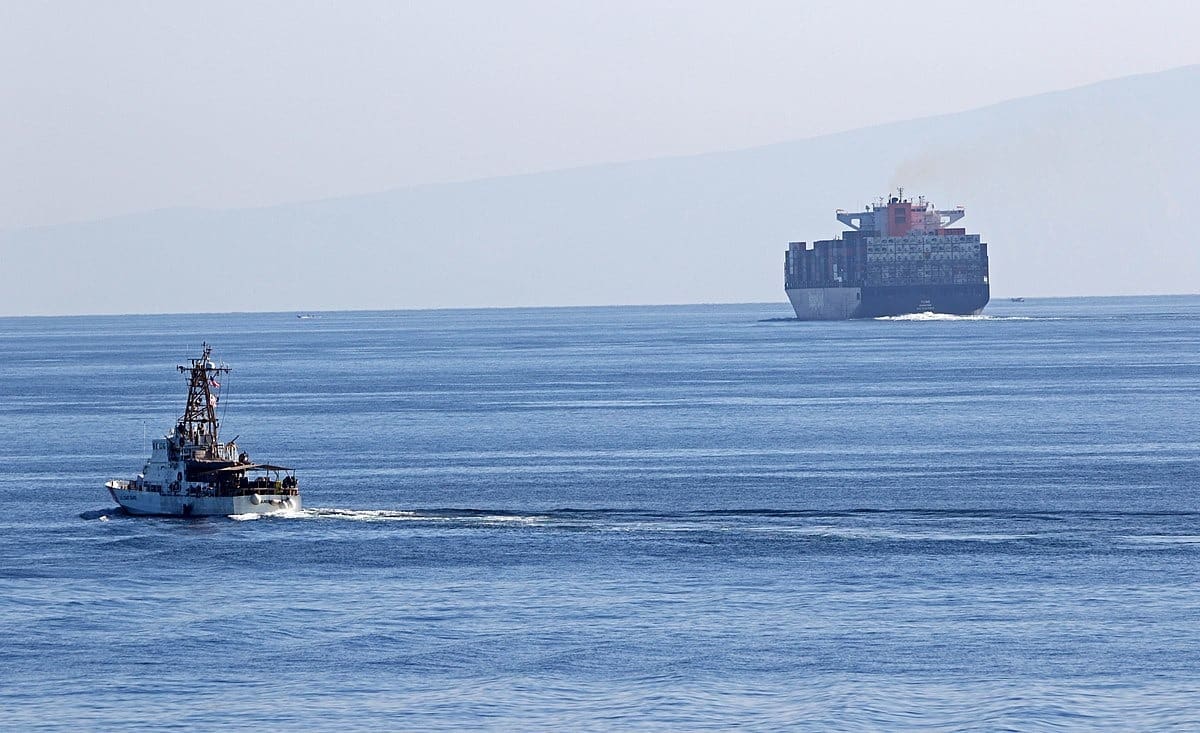

Approximately 200 Greek-owned ships are currently operating in the broader region of the Persian Gulf and the Gulf of Oman, according to sources from the Ministry of Shipping cited by the state-run Athens-Macedonia News Agency (AMNA).
The ministry is reportedly on heightened alert due to concerns over a potential escalation of tensions in the Red Sea and the possible closure of the strategically vital Strait of Hormuz. The Strait of Hormuz is one of the most strategically vital chokepoints in the world, and any blockade by Iran would pose serious risks for Europe. About 20 percent of global oil and gas flows through this narrow shipping lane in the Gulf.
Despite rising concerns, shipping industry officials note that vessel traffic through the Strait of Hormuz remains largely unaffected, as existing contracts oblige companies to uphold the agreed transport terms.
Last week, Greece advised its merchant shipping fleet to avoid sailing through waters near Iran and to log all voyages through the Strait of Hormuz following Israel’s attacks on Iran, documents seen by Reuters showed.
Greek ship owners were urged to send details of their vessels sailing through the Strait of Hormuz to Greece’s maritime ministry, according to one of the documents issued by Greece’s shipping association.
“Due to developments in the Middle East and the escalation of military actions in the wider region, the (Greek) Ministry of Shipping…urgently calls on shipping companies to send…the details of Greek-owned ships that are sailing in the maritime area of the Strait of Hormuz,” the document said.
Over the weekend, and before President Trump announced a ceasefire between Israel and Iran, Tehran warned it is considering closing the Strait of Hormuz.
Revolutionary Guard commander Sardar Esmail Kowsari told local media in an interview closing the Strait of Hormuz “is under consideration, and Iran will make the best decision with determination.
“Our hands are wide open when it comes to punishing the enemy, and the military response was only part of our overall response,” added Kowsari, who is a member of parliament in addition to his military position.
Bounded to the north by Iran and to the south by Oman and the United Arab Emirates (UAE), the corridor, which is only about 50km (31 miles) wide at its entrance and exit, and about 33km wide at its narrowest point, connects the Gulf with the Arabian Sea.
The strait is deep enough for the world’s biggest crude oil tankers, and is used by the major oil and gas producers in the Middle East – and their customers.
In the first half of 2023 around 20 million barrels of oil went through the Strait of Hormuz per day, according to estimates from the US Energy Information Administration (EIA) – that’s nearly $600bn worth of energy trade per year.
That oil comes not only from Iran, but also other Gulf states such as Iraq, Kuwait, Qatar, Saudi Arabia and the UAE.
Related: Greek-managed Tanker Seized by Iran at Straight of Hormuz
